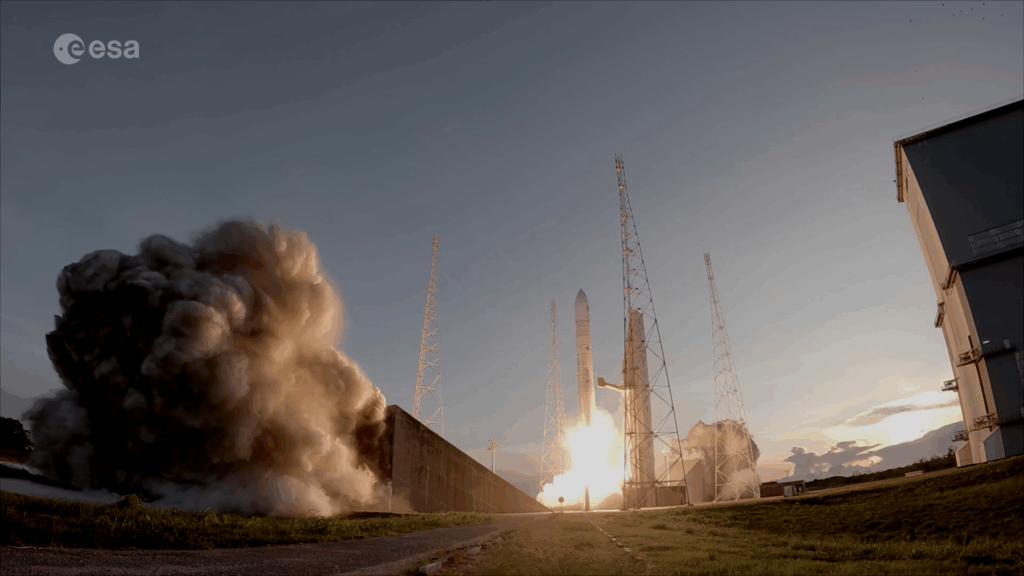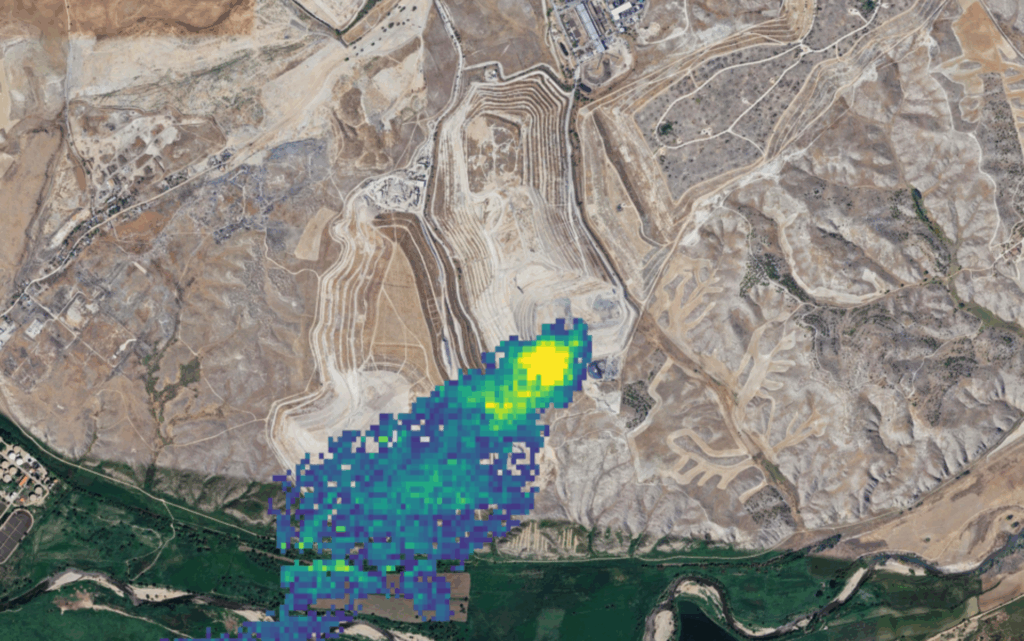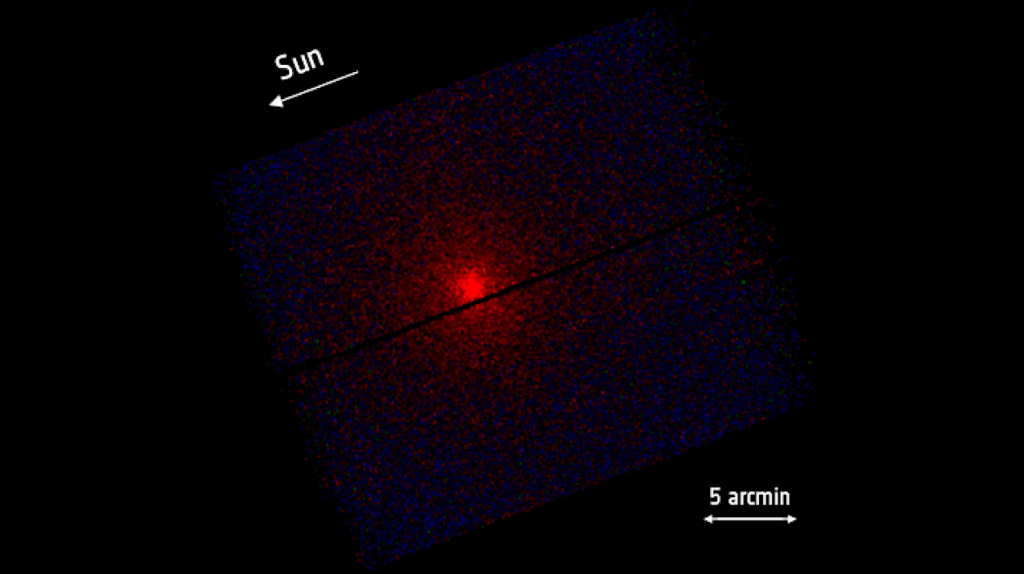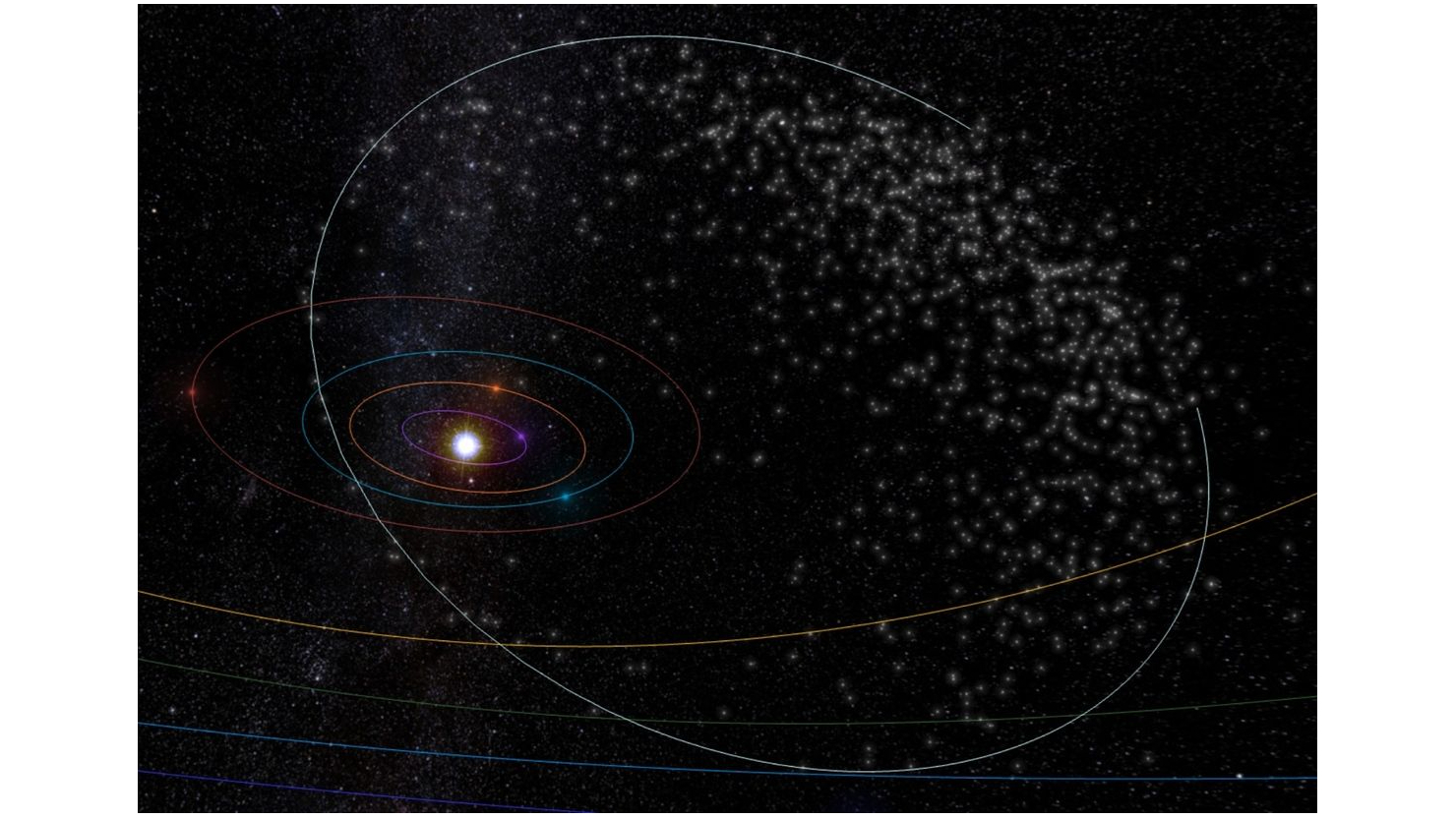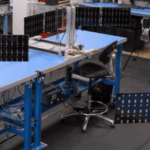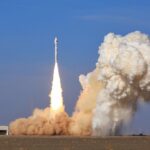Now Reading: ACES finds its home in orbit
-
01
ACES finds its home in orbit
ACES finds its home in orbit
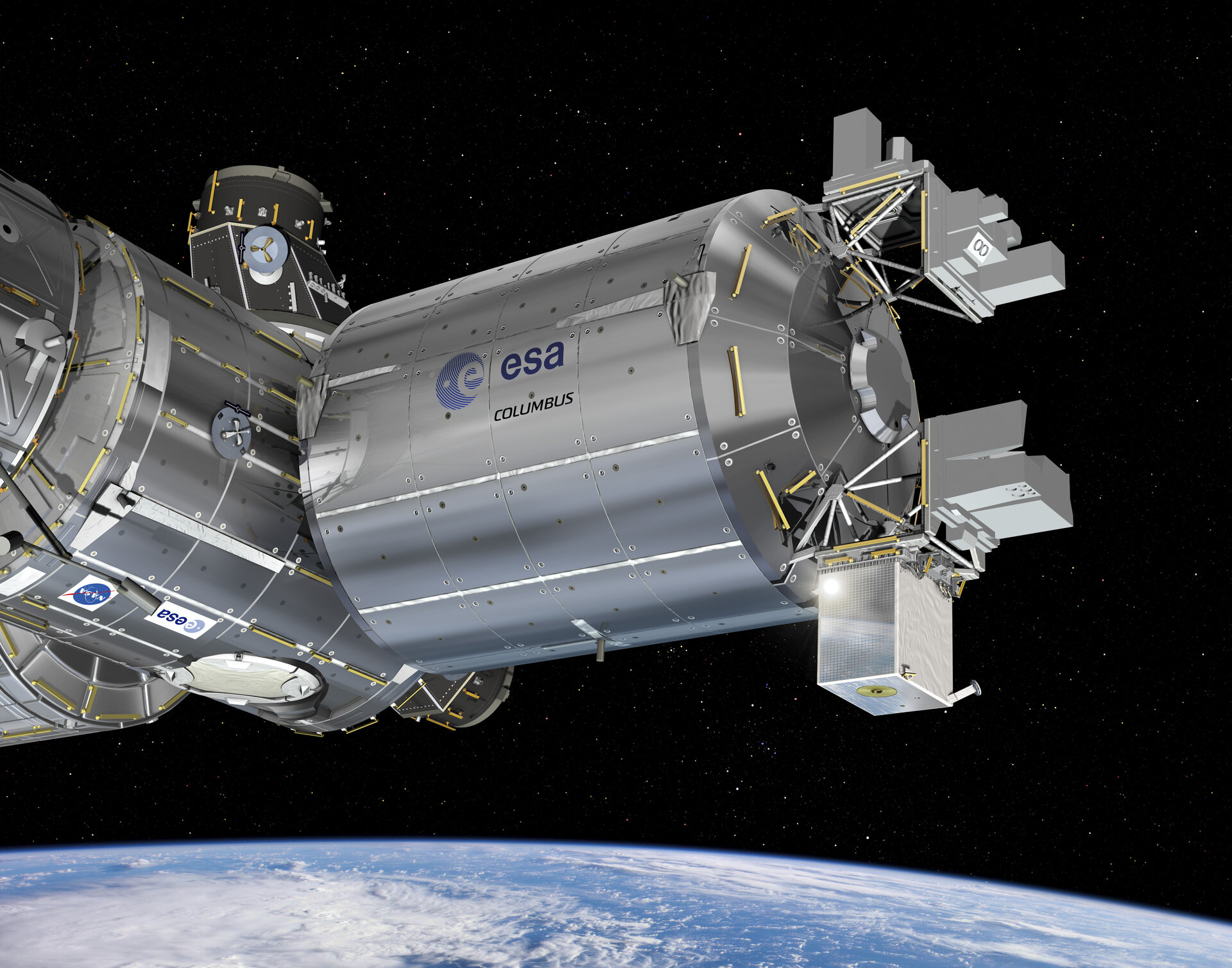

25/04/2025
74 views
1 likes
The Atomic Clock Ensemble in Space (ACES), ESA’s state-of-the-art timekeeping facility, has been successfully installed on the International Space Station, marking the start of a new chapter in space-based precision science.
ACES lifted off on 21 April 2025 aboard a SpaceX Falcon 9 from NASA’s Kennedy Space Center in Florida, United States, as part of the 32nd SpaceX commercial resupply services mission to the International Space Station. On 25 April, the Station’s Canadian robotic arm installed the payload on the Earth-facing side of ESA’s Columbus laboratory, where it is set to operate for 30 months.
Developed by ESA in collaboration with European industry led by Airbus, ACES carries the most accurate atomic timepieces ever launched into space: PHARAO, a caesium-based fountain clock developed by the French space agency CNES, and the Space Hydrogen Maser built by Safran Timing Technologies in Switzerland. These clocks will work in tandem with a cutting-edge microwave and laser link system to deliver time from orbit with unprecedented precision and allow ACES to establish a “network of clocks”, comparing the most accurate clocks on Earth and in space to explore the nature of time, test general relativity and help pave the way for a redefinition of the second based on next-generation optical clocks.
With installation now complete, the next step is the first switch-on of the system, scheduled for 28 April. This initial activation will establish communications with ground control, enabling telemetry – data transmitted from ACES to Earth – and telecommands – instructions sent from engineers on the ground to ACES – while stabilising thermal systems in preparation for clock operations.
A six-month commissioning phase will follow, during which engineers and scientists will calibrate the instruments, test time transfer links and characterise the performance of the ACES clocks. ACES will connect with clocks at selected ground stations several times a day as it orbits Earth on the International Space Station. When multiple clocks are in the same field of view for the Station, such as two located in Europe, ACES can achieve a precision of one part in 10-17, or about 10 quintillionths of a second, within just a few days. This is between one and two orders of magnitude better than today’s systems using navigation satellites such as GPS. Comparisons between distant clocks across continents, never directly compared to this accuracy before, will take about a week.
By the end of commissioning, the best operating parameters for PHARAO will be defined. ACES will then begin its two-year science phase, with ten planned sessions of 25 days of data-taking. After validation by the ACES science team, results will be shared with the global scientific community, opening new frontiers in fundamental physics and the science of time.
“I’m so excited and proud that our incredibly complex and hugely important project is now in space after many years of hard work. This is a major achievement for ESA and the science community, and I look forward to seeing the results of the hard work done by Airbus, Timetech, CNES, Safran Time Technologies and ESA, together with partners all over Europe. This is ESA’s ‘jewel in the crown’ on the International Space Station.”
Simon Weinberg, ACES Project Scientist, ESA.
See our social media thread for images of the installation from the NASA livestream; higher resolution images will be available at a later date.
Stay Informed With the Latest & Most Important News
Previous Post
Next Post
-
 012024 in Review: Highlights from NASA in Silicon Valley
012024 in Review: Highlights from NASA in Silicon Valley -
 02Panasonic Leica Summilux DG 15mm f/1.7 ASPH review
02Panasonic Leica Summilux DG 15mm f/1.7 ASPH review -
 03From Polymerization-Enabled Folding and Assembly to Chemical Evolution: Key Processes for Emergence of Functional Polymers in the Origin of Life
03From Polymerization-Enabled Folding and Assembly to Chemical Evolution: Key Processes for Emergence of Functional Polymers in the Origin of Life -
 04How New NASA, India Earth Satellite NISAR Will See Earth
04How New NASA, India Earth Satellite NISAR Will See Earth -
 05And Thus Begins A New Year For Life On Earth
05And Thus Begins A New Year For Life On Earth -
 06Astronomy Activation Ambassadors: A New Era
06Astronomy Activation Ambassadors: A New Era -
07SpaceX launch surge helps set new global launch record in 2024












